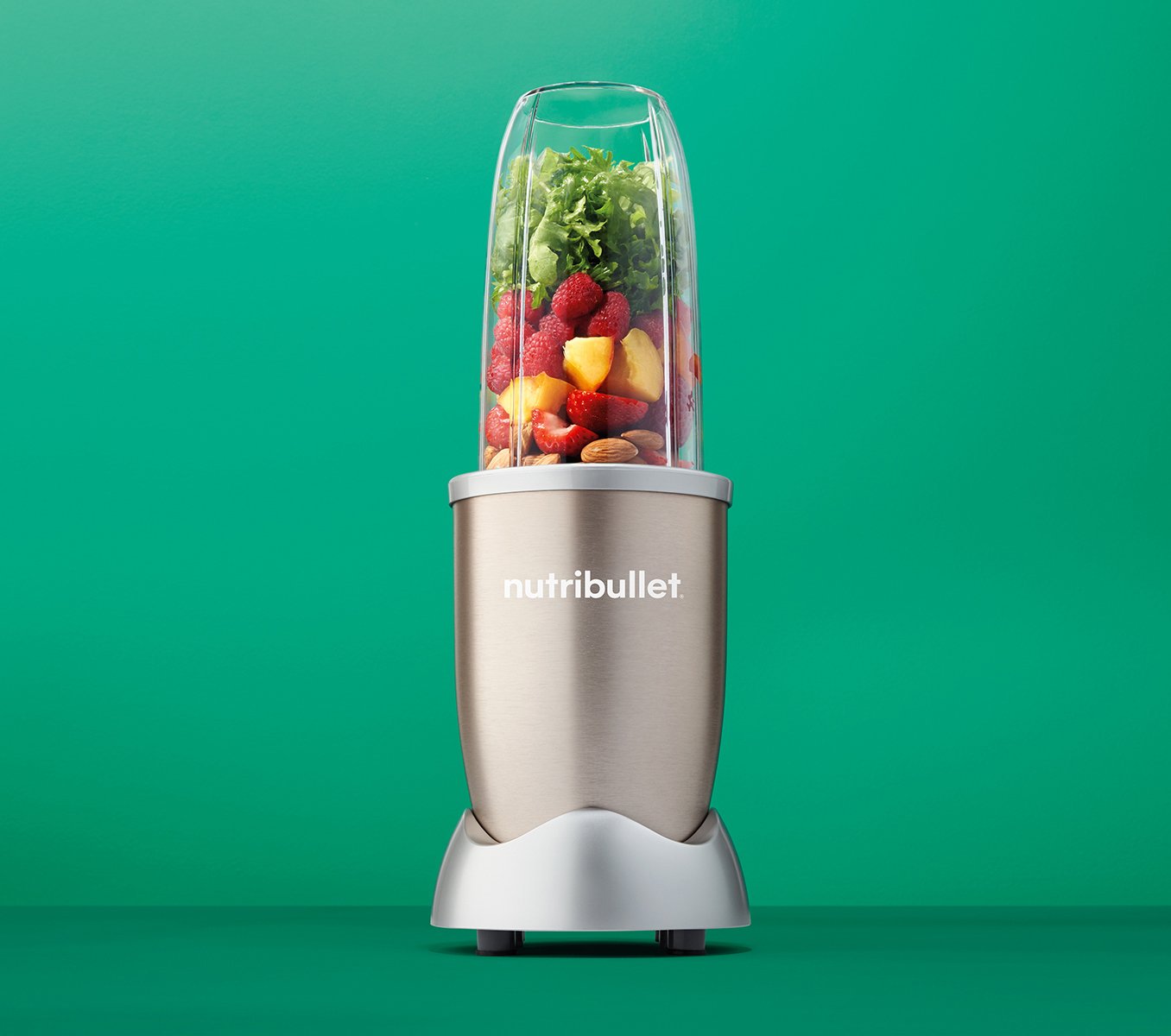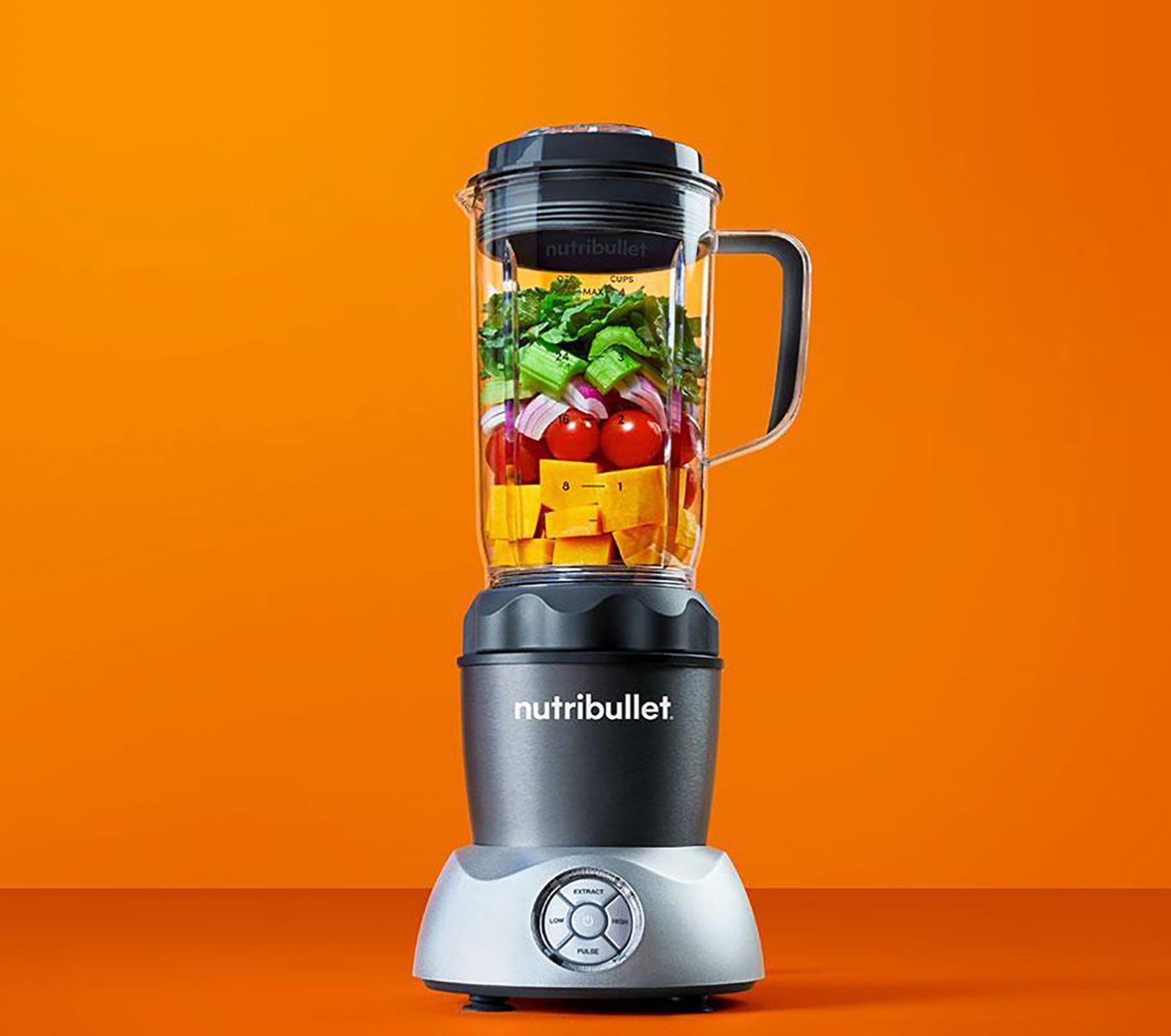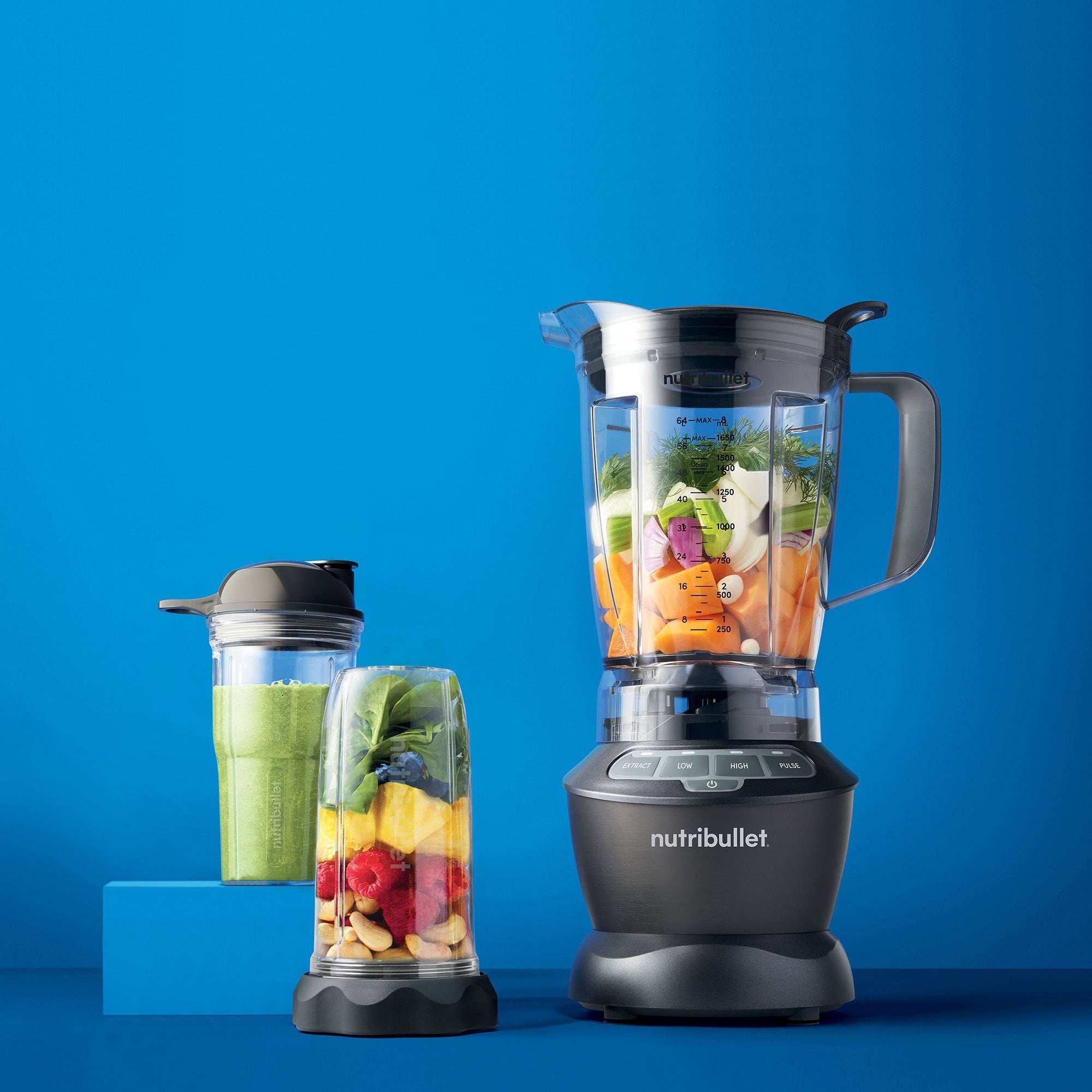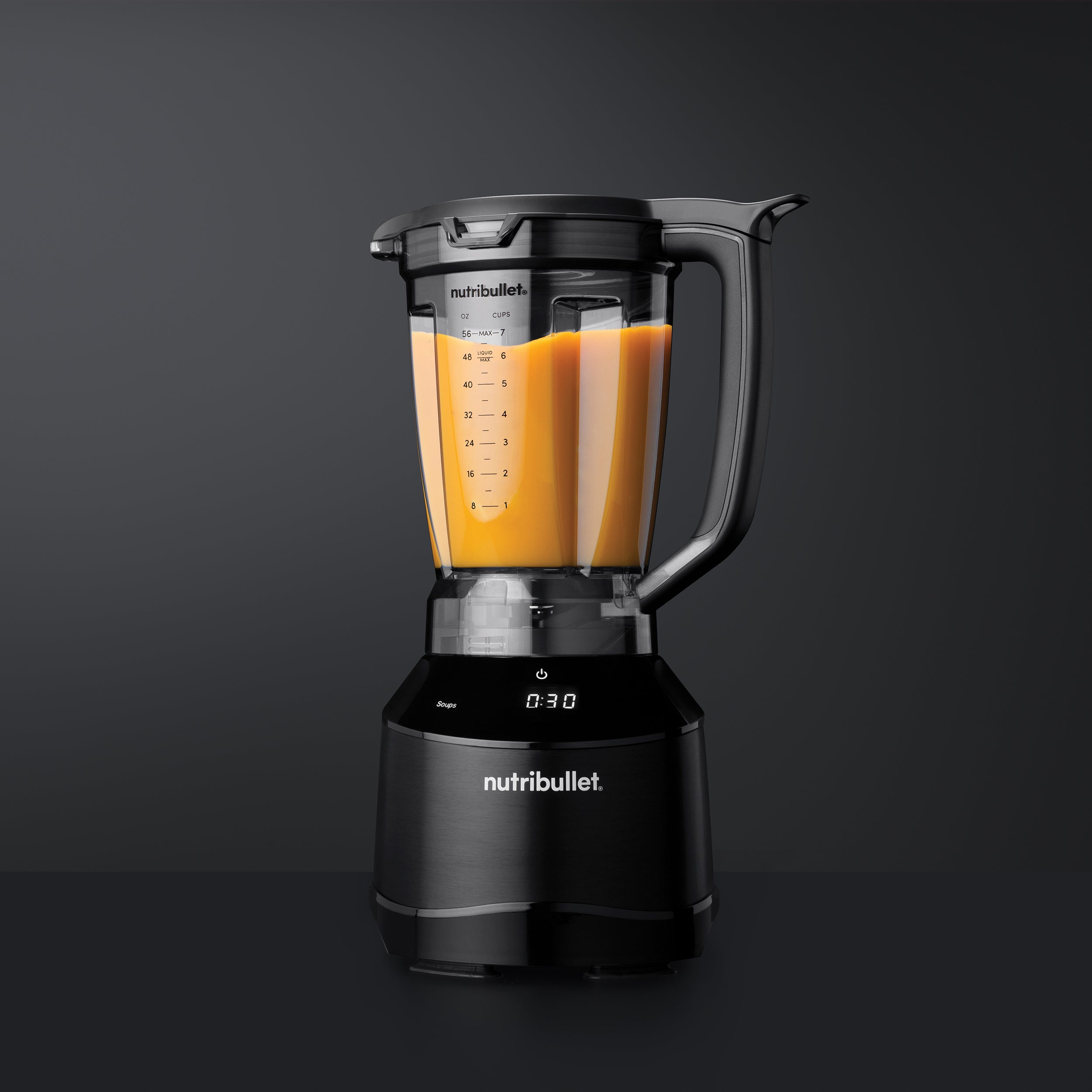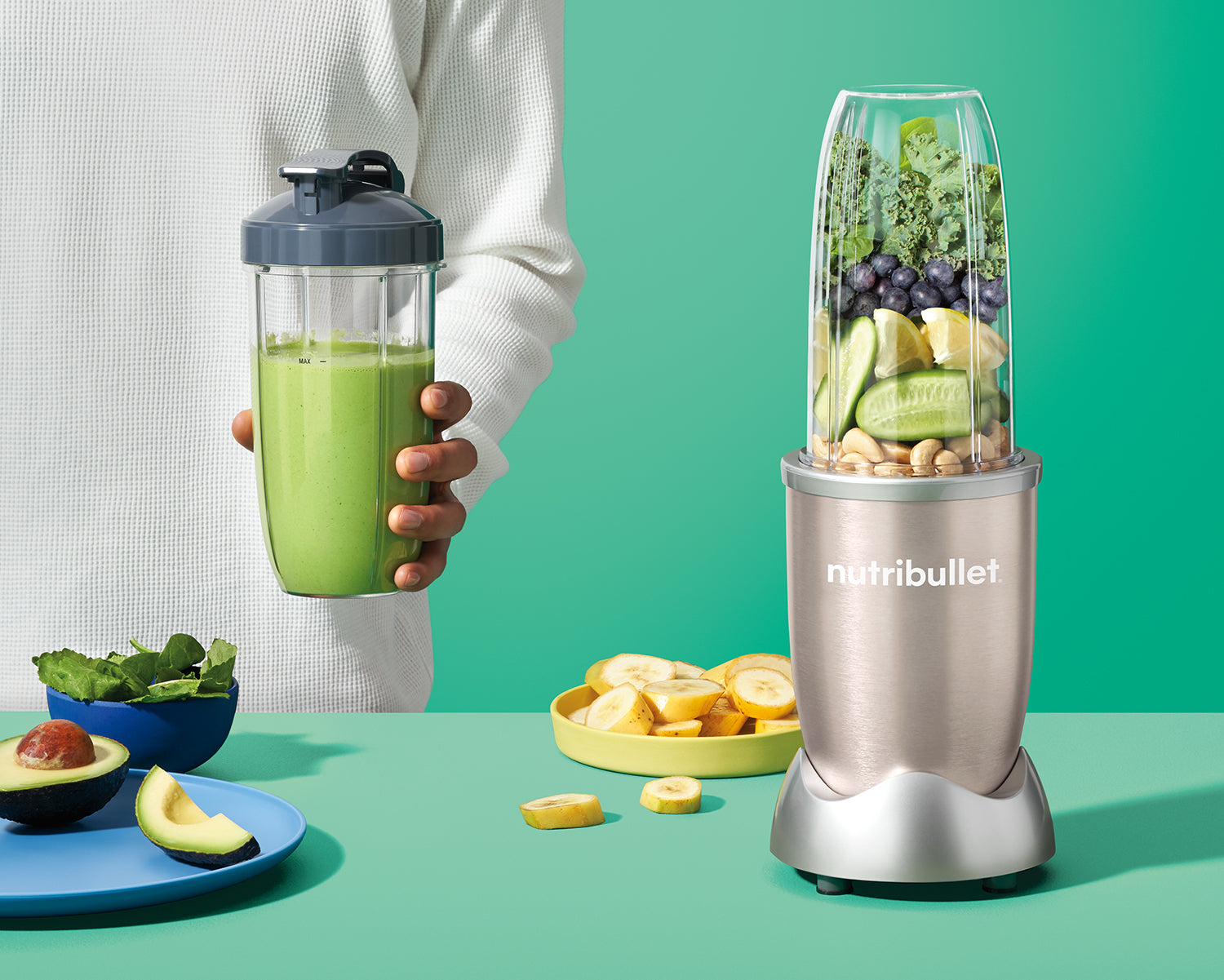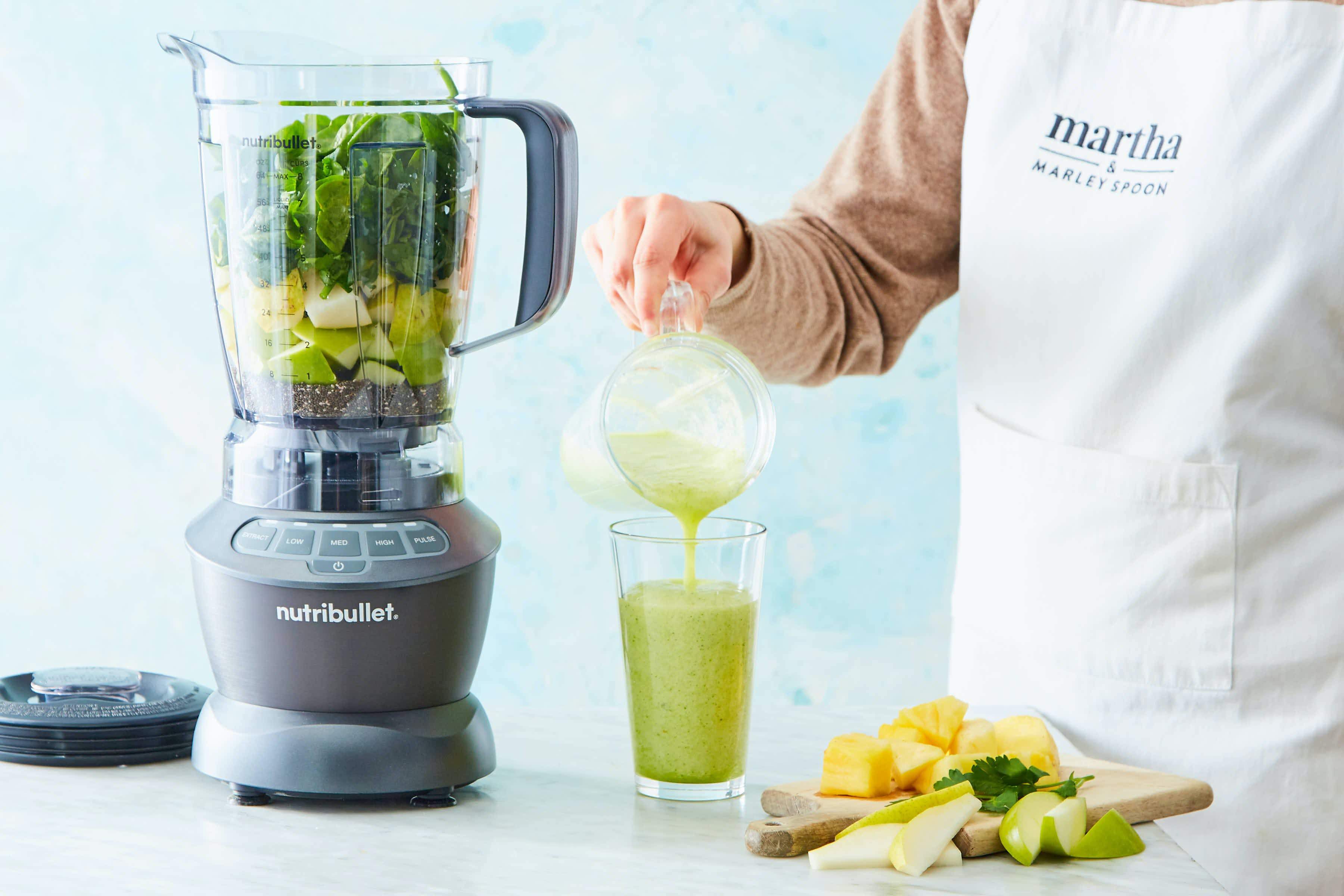In case you haven’t noticed, healing spices are all the rage nowadays – especially turmeric. You’ve probably had a jar of it in the back of your spice cabinet, but never really paid attention until now. Turmeric exploded in popularity in the past year or so, partially due to its bright yellow hue that looks great in Instagram photos, but also largely in part owed to its major anti-inflammatory properties and other health benefits. Let’s explore the latest superfood craze more thoroughly.
History of Turmeric
Even though turmeric is attracting a lot of interest now, it’s been used medicinally for over 4,500 years. It is part of the ginger family (Zingiberaceae), along with ginger and cardamom. Turmeric is native to India and Southeast Asia where it’s mostly used for medicinal purposes such as healing wounds, blemishes, and even smallpox. Due to its vibrant color, turmeric was also used as a dye for clothing, most recognizably in the robes of Buddhist monks.
Nutrients
The main nutrients that make turmeric valuable are iron, potassium, B6, Vitamin C, and the most talked-about benefit, curcumin. Curcumin is one of three curcuminoids found in turmeric. It’s a potent anti-inflammatory agent that can reduce inflammation and may even play a role in cancer treatment. Curcumin has been shown to reduce the alteration and spread of tumors and various cancers. However, typical turmeric root contains about 2 to 5 percent curcumin, so anyone taking a generic powdered turmeric root product would need a large amount to get any of the curcumin benefits.
Your gastrointestinal tract cannot easily absorb curcumin, so to reap the actual health benefits of curcumin, taking curcumin extract is recommended over ingesting large amounts of turmeric. What’s another way to get the benefits of curcumin? Eat turmeric with black pepper. Black pepper has piperine – which gives black pepper its pungency – and paired with turmeric, it can increase the bioavailability of the curcumin by 2000 percent!
Health Benefits
The health benefits turmeric provides are plentiful. Turmeric is known as a great anti-inflammatory aid, helping in injury support and arthritis. It’s been shown to aid in digestive health issues, such as acid reflux, gas and bloating, as well as lower blood sugar and support brain health. Turmeric also helps with depression by boosting serotonin in the brain, and the nutrient curcumin found in turmeric can help lower the risks of certain tumors and cancers.
Ways to Increase Your Turmeric Consumption
Cooking with turmeric is a great way to increase your consumption of it. Making a chicken or fish dish with turmeric and black pepper or some kind of curry blend, for example, is a delicious way to consume turmeric. You can mix ground turmeric into rice or roasted vegetables or add it to egg scrambles or omelets. It can also be taken as a supplement, in liquid drops that can be blended into a tea or in a golden milk latte.
If you have yet to add turmeric to your diet, here’s your sign to try it! This spice has a long list of nutrients and health properties that you can benefit from, and it adds a unique and bold flavor to a variety of dishes, as well as your next smoothie.
Nutritional information
Recipe: Creamy Green Strawberry Dream Serving in this recipe:1
- Calories: 236.6
- Total Fat: 3.6 g 5.5%
- Saturated Fat: 0.4 g 1.9%
- Cholesterol: 0 mg 0%
- Sodium: 358.7 mg 14.9%
- Total Carbs: 45.7 g 15.2%
- Dietary Fiber: 9.9 g 39.4%
- Sugar: 22.1 g
- Protein: 8.1 g 16.2%
- Vitamin A: 481.9% Vitamin C: 244.1%
- Calcium: 68.5% Iron: 26.1%
* Percent Daily Values are based on a 2,000 calorie diet. Your daily values may be higher or lower depending on your calorie needs.

